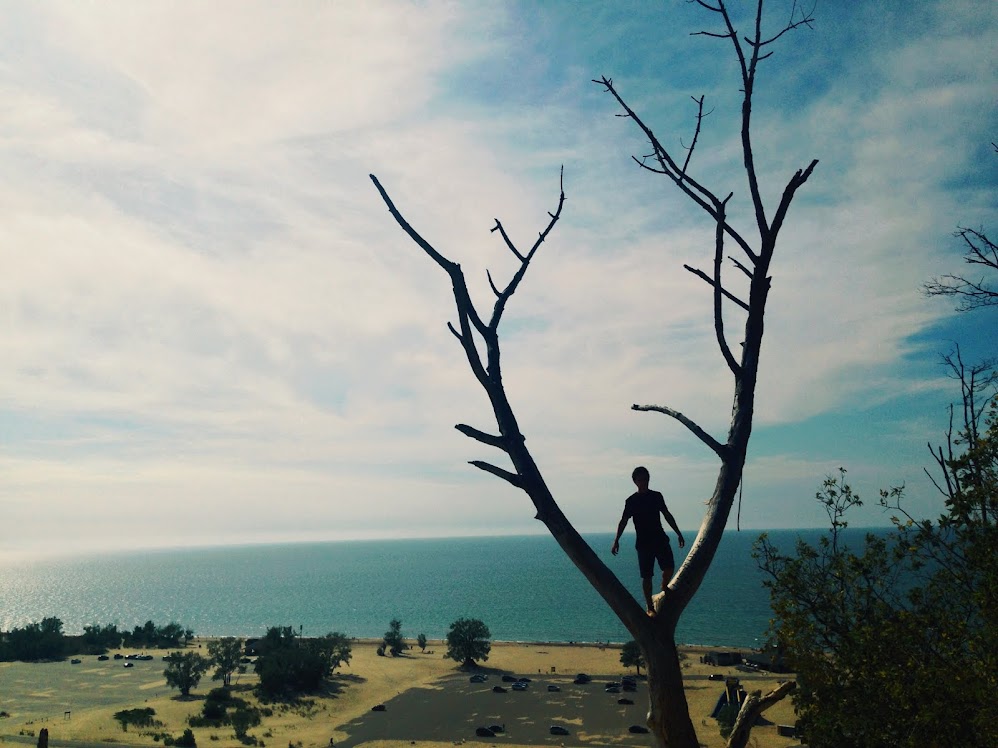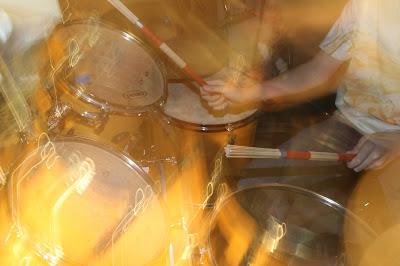 |
| Hats in the German District, New York |
As I scrolled through White's photographs, I was intrigued by this one. All of the people, shot from a birds-eye view caught my attention. Not to mention that almost all of them have a hat atop their head. I also wondered when this photo was taken, and what was happening during this time.













